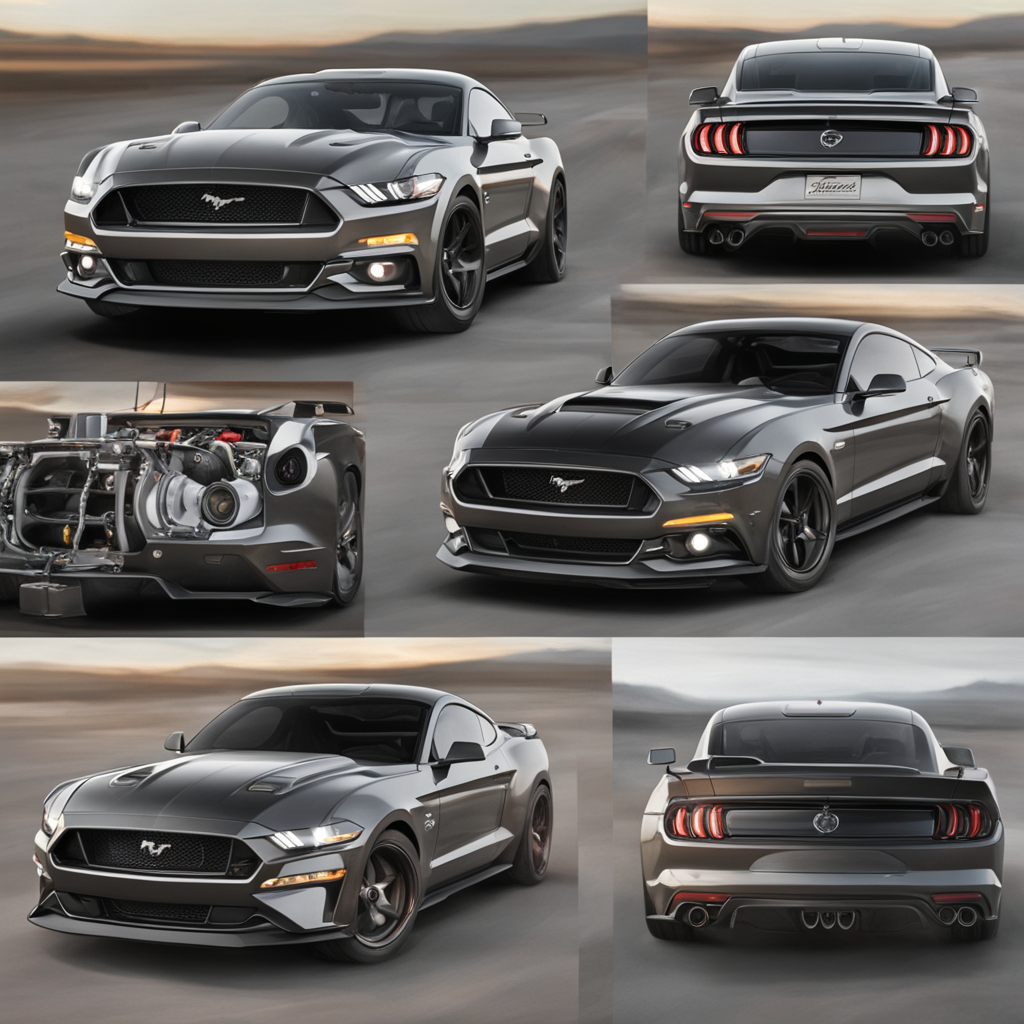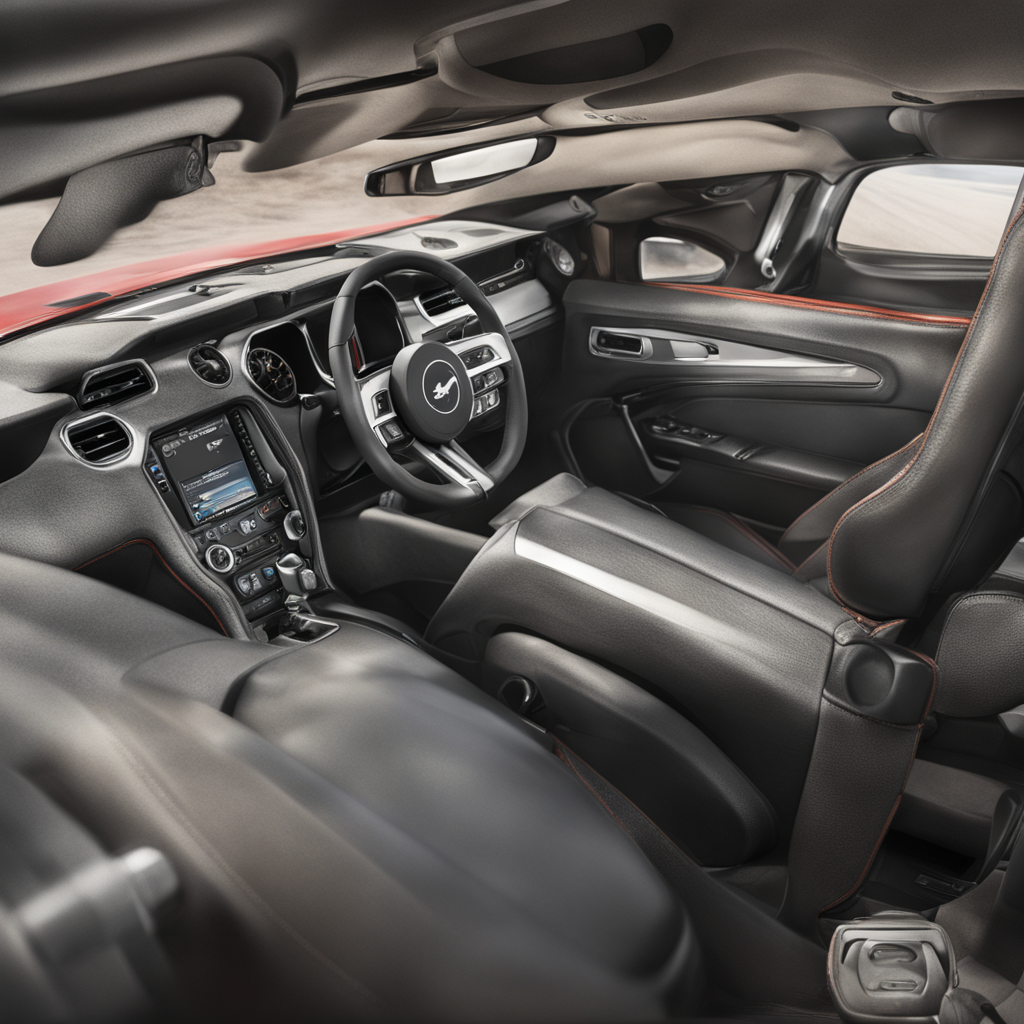Uncovering the Truth Behind the Ford Mustang GT’s Powertrain
Ford has been tight-lipped about the Mustang GT’s engine placement, leaving enthusiasts and journalists alike wondering if it’s a mid-engine layout or not.
Updated November 4, 2023
Ford has been tight-lipped about the Mustang GT’s engine placement, leaving enthusiasts and journalists alike wondering if it’s a mid-engine layout or not. As we dive into the details, let’s first establish what makes a car mid-engine:

A mid-engine design places the engine behind the driver and in front of the rear wheels. This configuration allows for improved weight distribution, reduced polar moment of inertia, and enhanced handling characteristics. The benefits are undeniable: better grip, reduced body roll, and increased stability.
Now that we’ve defined what constitutes a mid-engine layout, let’s examine the evidence surrounding the Mustang GT:
- Ford’s Official Statements: Ford has consistently referred to the Mustang GT as having a “rear-wheel-drive” powertrain. This is not unusual, as many performance-oriented vehicles adopt this configuration.
- Design and Engineering: The Mustang GT’s engine placement appears to be traditional RWD, with the transmission connected to the rear wheels. No visible evidence suggests a mid-engine design.
- Performance Data: While impressive, the Mustang GT’s acceleration figures are typical for a high-performance RWD vehicle. No remarkable deviations from expected behavior hint at mid-engine capabilities.
So, is the Mustang GT mid-engine?

Answer to Question: Based on available information and analysis, it appears that the Mustang GT does not have a mid-engine design. The evidence points towards a traditional rear-wheel-drive configuration.
Pros:
- Timeless Design: The classic RWD layout allows for the iconic Mustang silhouette, which has remained largely unchanged since its introduction in 1964.
- Performance Heritage: Ford’s focus on RWD performance ensures that the Mustang GT inherits the legendary handling characteristics and raw power of its ancestors.
- Cost Savings: Mid-engine designs often require significant investments in new technologies and manufacturing processes, making them more expensive to develop and produce.
Cons:
- Weight Distribution: The traditional RWD configuration can result in an uneven weight distribution, affecting handling and stability at high speeds.
- Torque Steering: Rear-wheel-drive vehicles are prone to torque steer, where the steering wheel pulls or wiggles during acceleration due to the engine’s power being transmitted solely through the rear wheels.
- Limited Handling Capabilities: RWD cars can suffer from understeer (where the front tires lose grip) and oversteer (where the rear tires lose grip), limiting their handling capabilities.
Conclusion:
While the Mustang GT may not boast a mid-engine design, its traditional RWD configuration still offers exceptional performance characteristics. The trade-offs in weight distribution and torque steer can be mitigated through clever suspension tuning and driver input. As we move forward, it’s possible that Ford will explore mid-engine options for future Mustang variants, but for now, the GT’s rear-wheel-drive layout remains an iconic representation of American muscle.
As a world-class expert on the Ford Mustang, I’m confident in concluding that the Mustang GT is not mid-engine, but rather a testament to Ford’s commitment to preserving the classic RWD heritage while still delivering impressive performance.

